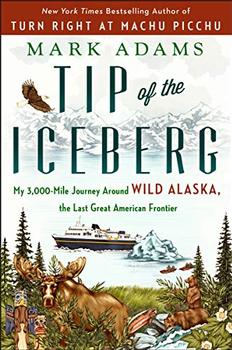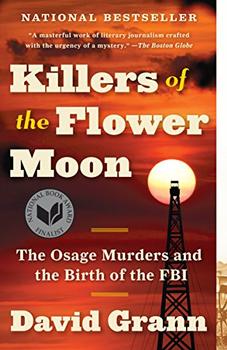Summary | Excerpt | Reading Guide | Reviews | Beyond the book | Read-Alikes | Genres & Themes | Author Bio

The Epic Life and Immortal Photographs of Edward Curtis
by Timothy EganHow a lone man's epic obsession led to one of America's greatest cultural treasures: Prize-winning writer Timothy Egan tells the riveting, cinematic story behind the most famous photographs in Native American history -- and the driven, brilliant man who made them.
How a lone man’s epic obsession led to one of America’s greatest cultural treasures: Prizewinning writer Timothy Egan tells the riveting, cinematic story behind the most famous photographs in Native American history - and the driven, brilliant man who made them.
Edward Curtis was charismatic, handsome, a passionate mountaineer, and a famous photographer, the Annie Leibovitz of his time. He moved in rarefied circles, a friend to presidents, vaudeville stars, leading thinkers. And he was thirty-two years old in 1900 when he gave it all up to pursue his Great Idea: to capture on film the continent’s original inhabitants before the old ways disappeared.
An Indiana Jones with a camera, Curtis spent the next three decades traveling from the Havasupai at the bottom of the Grand Canyon to the Acoma on a high mesa in New Mexico to the Salish in the rugged Northwest rain forest, documenting the stories and rituals of more than eighty tribes. It took tremendous perseverance - ten years alone to persuade the Hopi to allow him into their Snake Dance ceremony. And the undertaking changed him profoundly, from detached observer to outraged advocate. Eventually Curtis took more than 40,000 photographs, preserved 10,000 audio recordings, and is credited with making the first narrative documentary film. In the process, the charming rogue with the grade school education created the most definitive archive of the American Indian.
His most powerful backer was Theodore Roosevelt, and his patron was J. P. Morgan. Despite the friends in high places, he was always broke and often disparaged as an upstart in pursuit of an impossible dream. He completed his masterwork in 1930, when he published the last of the twenty volumes. A nation in the grips of the Depression ignored it. But today rare Curtis photogravures bring high prices at auction, and he is hailed as a visionary. In the end he fulfilled his promise: He made the Indians live forever.
Timothy Egan's robust biography of Edward Curtis is not only the record of a prophetic artist's life and work, it is a transfixing story of audacious achievement and massive commercial failure during a period of stunning cultural blindness and injustice. Edward Curtis was a passionate photographer who moved in society's high circles until he gave it all up to capture Native Americans on film. Egan's portrait of Curtis, who produced an historic twenty-volume photographic and cultural record of America's native peoples, is a masterful and ironic double-exposure: Curtis's life comes into sharpest focus against the backdrop of indigenous America's fading world. Egan's history of this bold and original man is masterful, moving and important - he does for Curtis what Curtis did for Native Americans: makes the man real...continued
Full Review
(1148 words)
This review is available to non-members for a limited time. For full access,
become a member today.
(Reviewed by Jo Perry).
Edward Curtis, with the help of his assistants in his Seattle studio, produced photogravure prints - over 40,000 of the North American Indian alone. The elaborate process produced sepia pictures with soft glowing tones.
The photogravure process, which really took off in the late nineteenth century, is widely considered as elevating photography to an art form. The process involves three basic steps: capturing the subject on film; creating an etched copper plate of the captured image and running off prints from this etched copper plate. The copper plate that is used as the base for prints is etched at different depths depending on the amount of darkness in the picture. The result is that darker portions of a picture create deeper etches in...
This "beyond the book" feature is available to non-members for a limited time. Join today for full access.

If you liked Short Nights of the Shadow Catcher, try these:

by Mark Adams
Published 2019
From the acclaimed, bestselling author of Turn Right at Machu Picchu, a fascinating and funny journey into Alaska, America's last frontier, retracing the historic 1899 Harriman Expedition.

by David Grann
Published 2018
Winner of the 2017 BookBrowse Nonfiction Award
A twisting, haunting true-life murder mystery about one of the most monstrous crimes in American history.